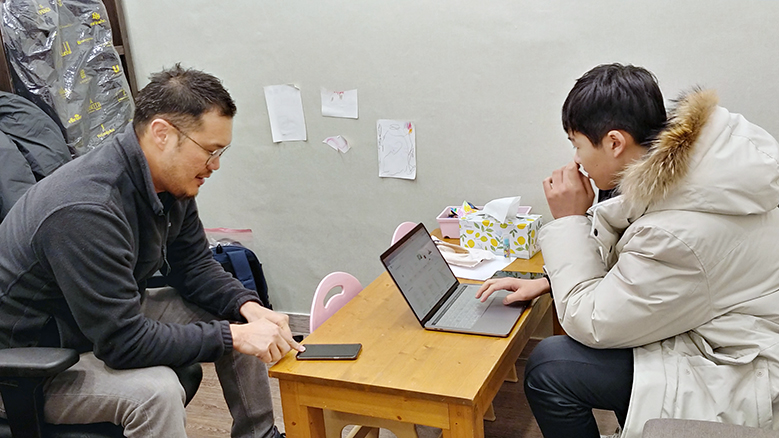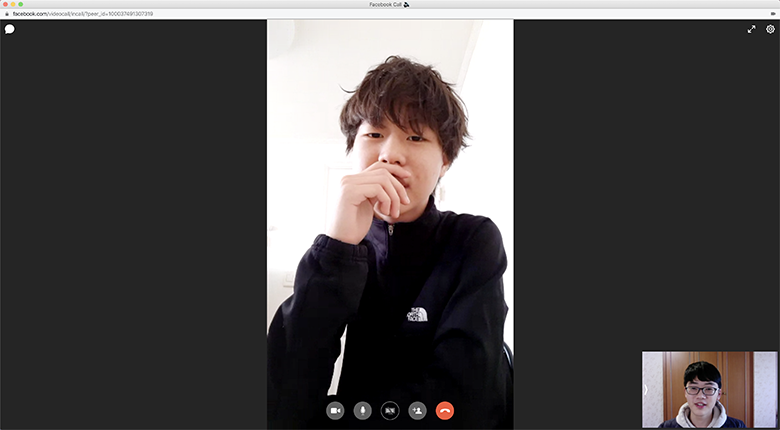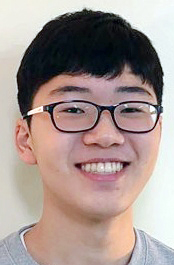As a result of rapid and ongoing globalization, South Korea’s net international migration rate has continuously increased, meaning more people have entered than left the country in the past few decades. According to KOSTAT, teenagers and children account for about a quarter of the incoming foreign population. However, the growing number of youth who do not hold Korean citizenship is a rather irrelevant topic for the general public, as only 0.57% of students in local schools in South Korea comprise these youth. According to a 2019 report by the Korean Education Statistics Service, there are around 29,000 students that fit into this narrow category. This number includes ethnically foreign and biracial Korean students.
However, this statistic does not account for the ethnically Korean students who enter grade school in Korea after being raised outside of Korea for most of their lives, who likely account for much more than 29,000. Schooling options for these students are limited; while local schools pose cultural and linguistic barriers, the cost of the tuition at international schools is incredibly costly for an average Korean family.

Current programs meant to aid incoming non-native Korean students are uncommon. However, they were even rarer before the early 2000s. Pastor Joe Park of the Jubilee Church, who was born in the US, noticed that Daegu was “stuck in the 70s,” when he arrived in 1986 as an eleven year old, due to his father’s career. Korea was still experiencing economic development, and Daegu’s first international school was built in 1996, thirteen years after this arrival. This led him to grow to “hate everything about Korea,” for “even being in public made [him] feel defeated.” While he continued his education in Korea until his high school graduation, the pressures of the environment he grew up in left an unfortunate impression of Korea on his younger self.
Yet the starkest difference between US and Korean schools in the late 80s that continues to exist today is the tense atmosphere surrounding academics in Korean schools. In Park’s case, he spent the entirety of his school life trying to “memorize information for exams and fake [his] merit,” because he didn’t want to placed last on his classroom ranking, or get “beaten by [his] teachers.”
One could reasonably expect that after three decades of a continuous increase of ethnically and culturally foreign students in Korean schools, there would be well-known programs aiding non-native students adjust to local Korean life. Yet in January of 2019, when thirteen year-old Sungwoo Park and his family returned to Ilsan after nine years following the completion of his father’s PhD studies, he was “traumatized at first,” due to the lack of familiarity with his local neighborhood and excessive amounts of academic pressure.

Park’s words clearly express his initial impressions on the pressures of Korean society: “There was so much pressure about studying [in Korea]. You have to receive good grades to get into high school, and there you have to get better grades to enter a good college... Some people commit suicide and a lot of people want to hurt themselves.” Evidently, there is an incredible amount of academic pressure surrounding the youth in Korean schools, but Park says that he has adjusted to this culture.The importance of rank, grades, and titles are emphasized in the lives of Korean students. For students who are still adjusting to life in Korea, the unfamiliarity of the Korean school environment contributes additional stress. As Joe Park mentioned, being in school as a non-native student was essentially “being in prison, keeping your reputation, and getting lucky.”
As South Korea has reached its recognition as a developed nation, its international migrant population has continuously increased. Consequently, the prevalence of non-native Korean students in local Korean schools has also increased. However, factors such as the language barrier, cultural barriers in socializing with peers, and societal pressures make non-native Korean students feel unwelcome in local educational environments, according to interviews. In contrast with the pre-2000s, the current state of technology allows non-native students and their parents to communicate and exchange general information in groups on various social networking platforms such as Facebook. Information and advice for incoming students makes for an easier transition. Nevertheless, our ignorance of the population of non-native Korean students in Korean schools reveals the scarcity of attention and care they receive from society.

Joshua Jung
Sophomore (Grade 10)
Korea International School

